Rigger Interview Questions & Answers
What is the responsibilities of a rigger?
A rigger is a person who specializes in the lifting and moving of extremely large or heavy objects, often with the assistance of a crane or derrick or chain hoists (chain fall).
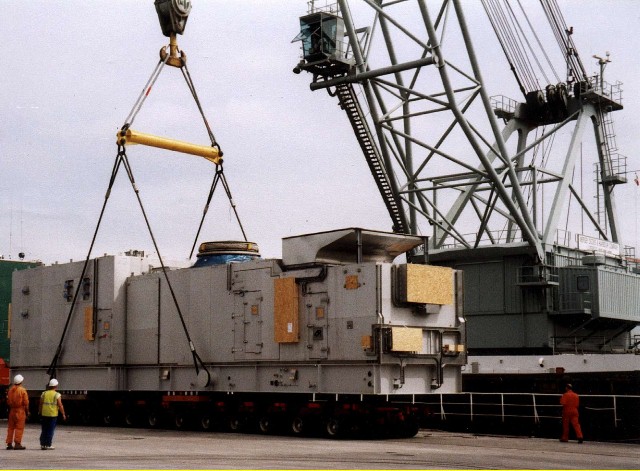
What is bull rigging?
Bull rigging is a method or system of rigging commonly used where more conventional means of load handling, such as mobile or overhead cranes cannot gain access (think tight quartered plant environments). From equipment to applications to concepts, get the bull rigging basics and then some from this webinar!
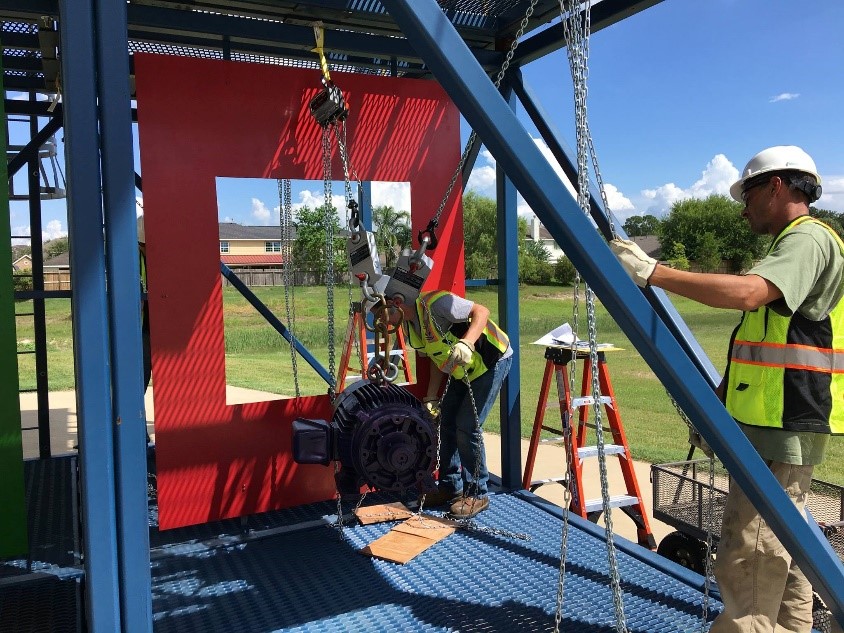
What is basic rigging and slinging?
Rigging -The process of lifting and moving heavy loads with ropes, chains, and mechanical devices. ii. Sling - A loop of material that connects the load to the lifting device. Slings can be made of chain, wire, metal mesh, natural, and synthetic materials.
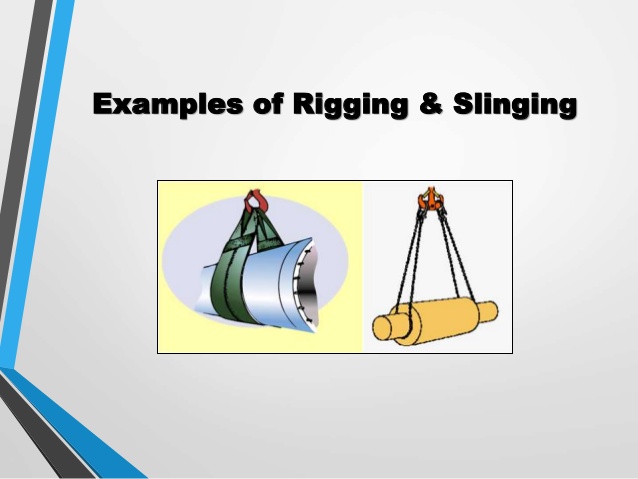

What is dogging and rigging?
Dogging and rigging. Dogmen and riggers have distinct roles when it comes to crane lifts. Dogmen apply slinging techniques for the purposes of lifting a load. This includes: directing the operator of a crane or hoist in the movement of a load
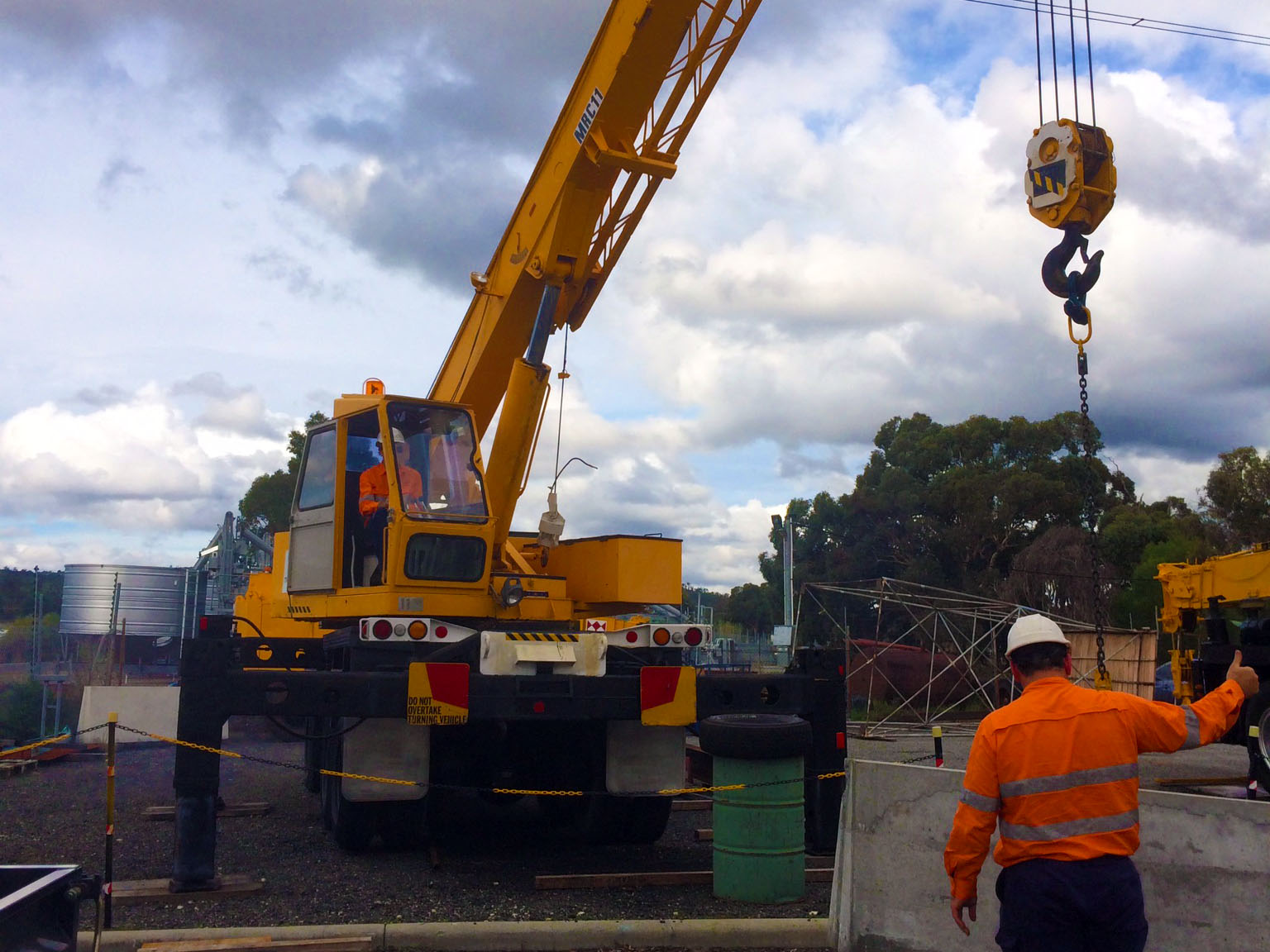
What is a dogman rigger?
A licensed Dogman can: Select and inspect lifting gear; Sling loads per trained techniques; Direct a crane or hoist operator in the movement of loads.
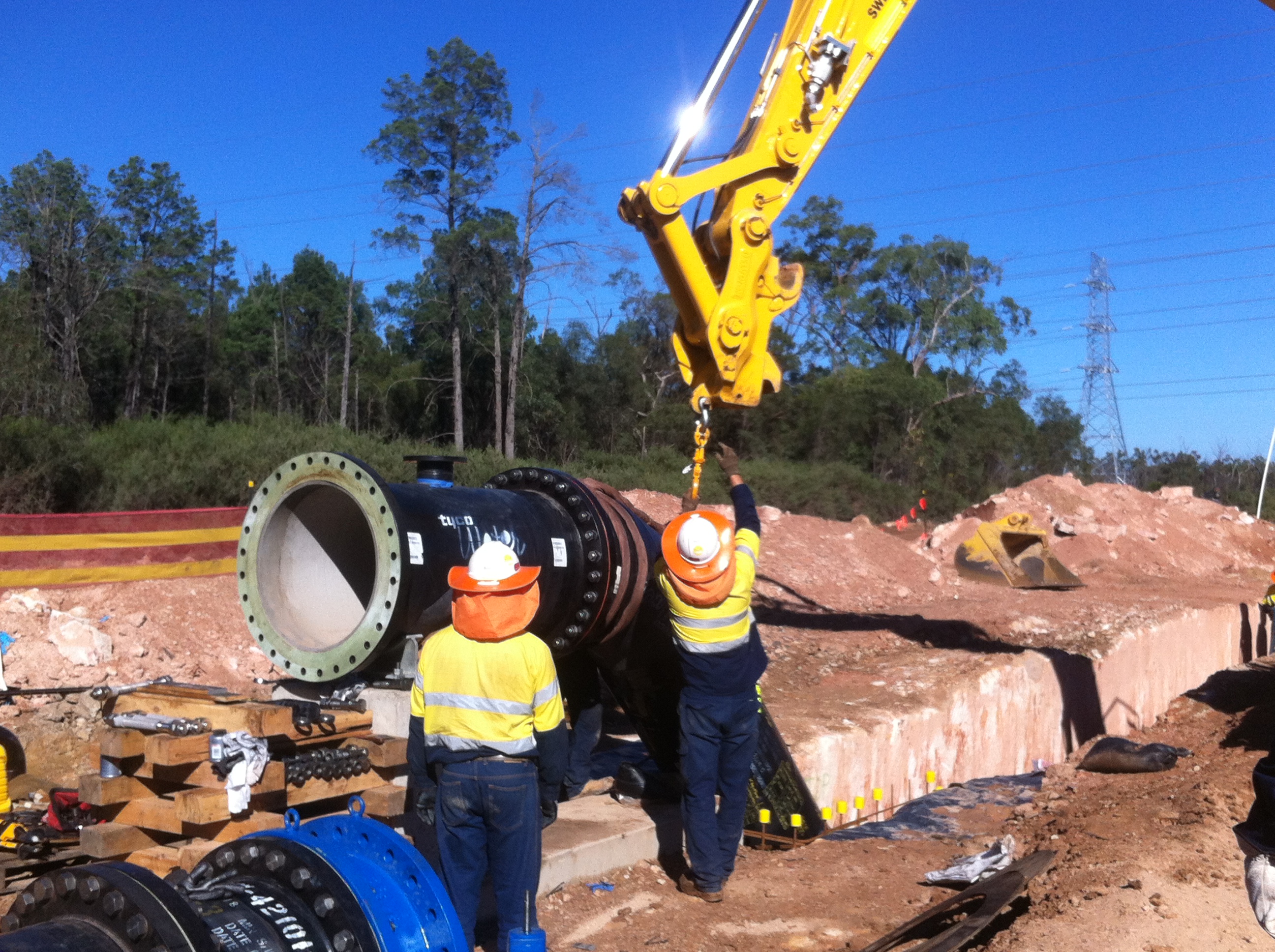
What is lifting and rigging?
Rigging is both a noun, the equipment, and verb, the action of designing and installing the equipment, in the preparation to move objects. A team of riggers design and install the lifting or rolling equipment needed to raise, roll, slide or lift objects such as with a crane or block and tackle.
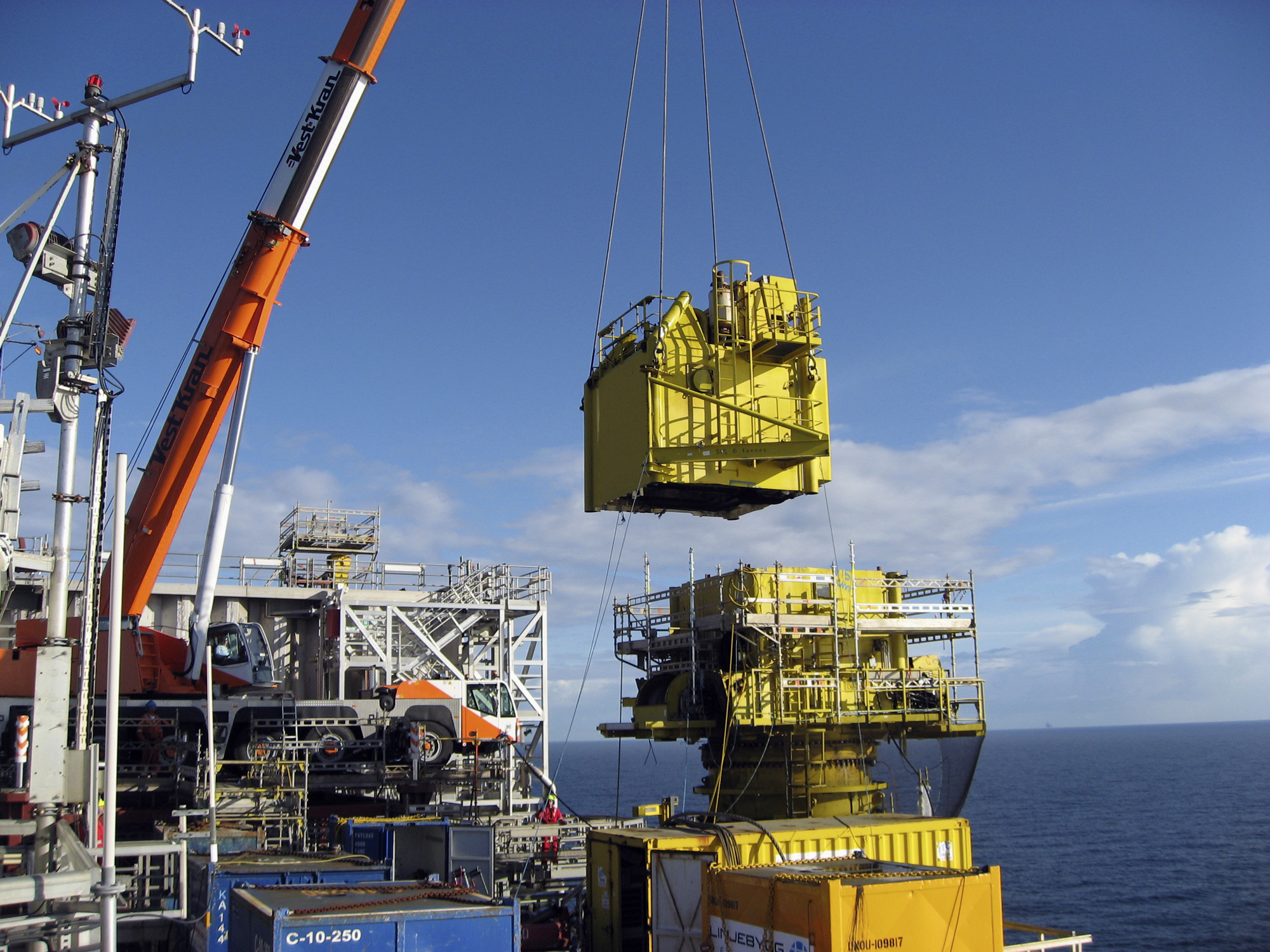
What is the difference between SWL and WLL?
Working Load Limit (WLL) is the maximum working load specified by the manufacturer. This load represents a mass or force that is much less than that required to make the lifting equipment fail or yield, (known as the Minimum Breaking Load - MBL). SWL or WLL are calculated by dividing the MBL by a safety factor ( SF).
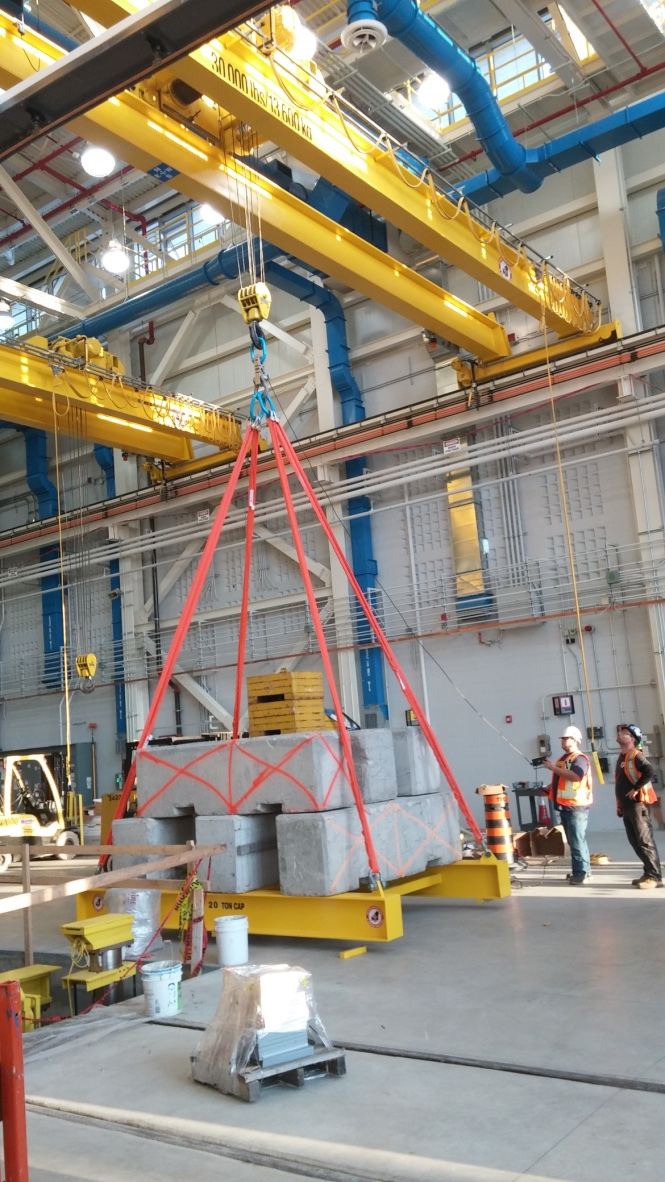
What are the four major causes of crane accidents?
OSHA's analysis of crane accidents identified the major causes of crane accidents as:
boom or crane contact with energized power lines (nearly 45% of the cases)
under the hook lifting device.
overturned cranes.
dropped loads.
boom collapse.
crushing by the counter weight.
outrigger use, falls and rigging failures.
What does Nccer mean?
National Center for Construction Education and Research
NCCER is a not-for-profit 501(c)(3) education foundation created in 1996 as The National Center for Construction Education and Research. It was developed with the support of more than 125 construction CEOs and various association and academic leaders who united to revolutionize training for the construction industry.
What is Character Rigging?
Character rigging is a very tedious process. It requires creativity, precision, and an eye for detail. As such, character riggers are responsible for using computer programs to form skeletons by creating a series of bones that deform and animate specific parts of the character.
What can a basic rigger do?
Rigger licences. Rigging work involves the use of mechanical load shifting equipment and associated gear to move, place or secure a load including plant, equipment or members of a structure to ensure the stability of those members. It also includes the setting up or dismantling of cranes or hoists.
What is a rigging ticket?
Dogging consists of two main aspects: The slinging techniques used for moving a load (including the selection and inspection of lifting equipment). The directing of a hoist or crane operator who is moving a load, when the load is out of the operator's view.
What affects the amount of weight a crane can lift?
The maximum load that the crane can lift is 18 metric tons (39,690 pounds), but the crane cannot lift that much weight if the load is positioned at the end of the jib. The closer the load is positioned to the mast, the more weight the crane can lift safely. The 300 tonne-meter rating tells you the relationship.
What is the function of scaffold platform?
Scaffolding, also called scaffold or staging, is a temporary structure used to support a work crew and materials to aid in the construction, maintenance and repair of buildings, bridges and all other man made structures.
What is the definition of a suspended load?
The suspended load of a flow of fluid, such as a river, is the portion of its sediment uplifted by the fluid's flow in the process of sediment transportation. It is kept suspended by the fluid's turbulence. The suspended load generally consists of smaller particles, like clay, silt, and fine sands.
How do tower cranes stay balanced?
Most of the crane is able to do this by using counterweight technique. ... Basically, a tower crane has a large load on the OTHER SIDE of the crane. It keeps it balanced like a scale. On most of the common construction ones, it can move back and forth to make the effect of the counter weight more or less significant.
What qualifications do you need to be a rigger?
Experience – practical skills through real life rigging work must be gained in order to become a competent rigger. Qualification – in order to work as a rigger, most companies require that you hold the NRC or NELC rigging qualification. Until that point, you will need to work as a trainee under supervision.
What is a qualified rigger?
It is also possible that one could be certified yet not be qualified for a particular load. According to OSHA, a qualified rigger is defined as: Person holds a degree, certificate or professional standing OR. Person has extensive knowledge, training and experience AND. Person can successfully demonstrate their ability.
What does a rigger do?
Heavy construction riggers also work with cranes, and are responsible for setting up all the pulleys and cable systems that are used to move large and heavy objects. They must communicate with crane operators to guide them in moving objects and depositing them in the correct location.
What is rigging in blender?
Blender is a 3D application with a wide range of tools, allowing you to create 3D models, render, rig, animate, etc. The process we'll be discussing in this article is rigging, which is a vital part of any production.
How often should lifting chains be inspected?
You have a choice: arrange for thorough examination to be carried out at the intervals specified by LOLER (every 6 or 12 months, depending on the equipment - see below)
What is 3d rigging?
In its simplest form, 3D rigging is the process of creating a skeleton for a 3D model so it can move. Most commonly, characters are rigged before they are animated because if a character model doesn't have a rig, they can't be deformed and moved around.
what are the three main types of scaffolds?
There are three basic types of scaffolds: Supported scaffolds are comprised of one or more platforms supported by outrigger beams, brackets, poles, legs, uprights, posts, frames, or similar rigid supports.
What is the purpose of toeboards on scaffolds?
The purpose of a toe board is prevent objects, tools and equipment being falling over the edge or being knocked from the scaffolding structure. Its best practice to implement toe boards whenever handrails are used whenever there's a risk of tools or objects falling from the edge.
What is the difference between SWL and WLL?
Working Load Limit (WLL) is the maximum working load specified by the manufacturer. This load represents a mass or force that is much less than that required to make the lifting equipment fail or yield, (known as the Minimum Breaking Load - MBL). SWL or WLL are calculated by dividing the MBL by a safety factor ( SF).Jan 21, 2016
What does WLL mean in rigging?
Working Load Limit
Answer - WLL is the abbreviation for Working Load Limit. It means the maximum allowable load that a piece of rigging equipment can safely lift, it is also sometimes called “rated load” or “rated capacity”.
What does SWL mean?
Safe Working Load
Safe Working Load (SWL) sometimes stated as the Normal Working Load (NWL) is the maximum safe force that a piece of lifting equipment, lifting device or accessory can exert to lift, suspend, or lower, a given mass without fear of breaking.
What is rigging and lifting?
Rigging is the equipment such as wire rope, turnbuckles, clevis, jacks used with cranes and other lifting equipment in material handling and structure relocation. Rigging systems commonly include shackles, master links and slings. Also, lifting bags in under water lifting.
What is heavy rigging?
Rigging is both a noun, the equipment, and verb, the action of designing and installing the equipment, in the preparation to move objects. A team of riggers design and install the lifting or rolling equipment needed to raise, roll, slide or lift objects such as with a crane or block and tackle.







